South Beach Diet Explained: Phases, Results, And Benefits
Making weight loss simple and sustainable.

Image: Shutterstock
If you have been on the lookout for a practical, sustainable, and effective way to achieve your health and weight loss goals, you are at the right place. The South Beach diet has been making waves in the world of nutrition and weight management for quite some time. It has gained popularity for its unique approach to healthy eating. In this article, we will introduce you to the core principles, benefits, and possible disadvantages of the South Beach diet. Continue reading and take an informed decision.

 At A Glance: South Beach Diet
At A Glance: South Beach Diet- Principle: Intake of a low-carb, high-protein diet comprising lean proteins, healthy fats, and complex carbohydrates
- Purpose: To promote weight loss, improve blood sugar control, and enhance heart health by encouraging a balanced intake of nutrients
- Who It Is For: Individuals looking to lose weight, manage diabetes, or improve heart health
- Duration: Long-term
- Who Should Avoid: People with eating disorders and serious underlying medical conditions or dietary restrictions
- Cons: Possible carb withdrawal symptoms and difficulty adhering to the diet for vegans/vegetarians
In This Article
What Is The South Beach Diet?

The South Beach diet is a famous diet plan developed in the mid-1990s by cardiologist Dr. Arthur Agatston. While it was originally intended to minimize heart disease risk, it quickly acquired popularity for its weight loss benefits.
The diet emphasizes the importance of selecting the right carbs and fats. It promotes the intake of ‘good carbs’ that are found in whole grains, fruits, and vegetables, and ‘good fats’ that are found in lean meats, olive oil, and canola oil. The diet also warns against ‘bad carbs’ like white bread and sugar and ‘bad fats’ like butter and high-fat cheeses.
 Trivia
TriviaThe South Beach diet follows a phased approach for better sustainability. You can learn more about that in the coming section.
Key Takeaways
- The South Beach diet is popular for its emphasis on healthy eating and gradual weight loss.
- It includes low-GI carbs and eliminates high-sugar ingredients, refined grains, and saturated fats. This regulates blood sugar levels and improves the cardiovascular system.
- It’s not suitable for everyone, especially for those with eating disorders, strict dietary needs, or certain medical conditions.
How Does The South Beach Diet Work?
The South Beach diet places a significant emphasis on managing hunger by adopting a structured approach to meals. It works by dividing meals into three distinct phases that not only help with weight loss but also help individuals transition into a healthier lifestyle.
The phases are designed to boost your confidence by showcasing early results, increasing motivation, and instilling long-term habits. Here is a detailed look at the three phases of this diet.
The Three Phases Of The South Beach Diet
Phase 1: Kick-starting Your Weight Loss Journey
- Duration: 2 weeks
- Goal: Eliminate cravings for sugary foods and stabilize blood sugar levels for rapid weight loss.
- Foods To Eat: Lean meats, poultry, seafood, tofu, eggs, reduced-fat cheese, nuts, beans, and non-starchy vegetables
- Meal Frequency: Three balanced meals a day with desserts, plus snacks
- Foods To Avoid: Bread, rice, potatoes, pasta, baked goods, fruits, and alcohol
Note:
Snacks are encouraged to prevent overeating.
The first phase helps reset the body’s metabolism and allows it to burn fat while curbing sugar and starch cravings. This is a crucial step in one’s weight loss journey.
Phase 2: Achieving The Target Weight
- Duration: Continues until the desired weight is reached
- Goal: Gradually reintroduce “good” carbohydrates while maintaining steady weight loss
- Weight Loss Rate: Approximately 1 to 2 pounds per week
- Carbohydrate Reintroduction: Done progressively by adding one carb serving to a meal per week and monitoring the body’s response
- Suitable Carbs: Fruits, some whole-grain products, additional vegetables, treats, and brown rice
- Monitoring: Pay attention to energy levels, mood, sleep quality, skin conditions, and bowel movements
- Adjustment: Return to Phase 1 temporarily, if needed, to regain control.
The second phase of the South Beach diet is designed for steady weight loss. It reintroduces ‘good carbs’ into the diet. Here, one maintains the progress made after Phase 1 by incorporating nutrient-rich carbohydrates into their diet. This strategy makes the diet sustainable.
Phase 3: Adopting A Healthier Lifestyle
- Duration: Continuously, for weight maintenance
- Goal: Develop a sustainable, healthy lifestyle that includes all foods in moderation.
- Approach: Make informed food choices, try new recipes and ingredients, and enjoy a balanced diet.
- Maintenance: Maintain the target weight and focus on long-term health.
- Flexibility: If individuals regain weight or have carb cravings again, they can revisit Phase 1 to restrict their intake or Phase 2 to satiate their cravings, as needed.
The third phase of the South Beach diet emphasizes on making a transition from following a diet plan to making a lasting lifestyle change. This can help individuals create a balanced approach to eating and improve their overall health.
If you have made this far, you must be wondering how you can get started on this diet. We will discuss just that in the next section.
How To Get Started On The South Beach Diet
Getting started on the South Beach Diet involves a few key steps and strategies that may help you chart a successful and sustainable journey toward better health and weight management. Here’s a practical guide:
1. Stock Your Kitchen
Prepare your kitchen by stocking up all the necessary ingredients for the South Beach diet. Remove all non-compliant foods from your kitchen. This keeps you from giving in to cravings.
2. Log Your Meals
Keep a food journal to better understand your preferences and triggers. Learn which foods make you feel good and which lead to cravings or overeating.
3. Develop An Exercise Routine
Decide on an exercise routine that you genuinely enjoy. Don’t limit yourself. Explore various activities that make you feel active and engaged.
4. Read Ingredient Lists
Cultivate the habit of closely reading ingredient lists when shopping for foods. This will help you make informed choices that align with the principles of the South Beach diet.
5. Control Portion Sizes
Be mindful of portion sizes to maintain healthy eating habits.
Remember that the South Beach diet is not a temporary plan but a whole change in your lifestyle. Although starting the South Beach Diet appears to be exciting there may be difficulties along the way. You will have to deal with cravings or social situations involving different kinds of food. So, it will be wise to keep on track by making meal plans in advance and asking friends or online forums for support. The adjustment can also go more smoothly if you concentrate on your long-term objectives and identify healthy alternatives to your favorite indulgences.
Take these steps and adopt a step-by-step approach for a successful and sustainable journey towards better health and weight management.
In the following section, we will explore a sample diet menu.
Here’s a sample South Beach Diet menu for one day featuring foods from different phases.
Breakfast
Phase 1:
Two scrambled eggs with spinach and smoked salmon
Phase 2: A slice of pita with two eggs, spinach, and feta cheese (in moderation)
Phase 3: Mini crustless quiches with a slice of whole-grain toast, a cup of berries, and black coffee or tea
 Quick Tip
Quick TipLunch
Phase 1:
A bowl of vegetable salad with grilled scallops and iced tea
Phase 2: A bowl of green salad and curried turkey
Phase 3: One serving of green salad with salmon or chicken, dressed with olive oil and vinegar
Dinner
Phase 1:
A single serving of grilled tuna with grilled vegetables and a side salad
Phase 2: A single serving of Louisiana-style shrimp and rice, along with baked tomatoes
Phase 3: One serving of roasted vegetables such as zucchini, squash, and red onion, a small portion of lean meat of your choice (such as salmon or chicken), and a serving of hearty grains such as barley or quinoa
Dessert
Phase 1:
One slice of ricotta cheesecake or chilled espresso custard
Phase 2: One slice of South Beach diet-style tiramisu
Phase 3: One tablespoon of Mascarpone cheese and a serving of Greek yogurt with peaches topped with slivered almonds and cocoa powder
Snacks
You can consume plain Greek yogurt with fresh dill and lemon juice, celery sticks with peanut butter, assorted vegetables with cilantro and pesto dip, or almonds any time of the day. Remember that portion sizes and selection of meals depend on one’s dietary requirements.
The South Beach diet promotes the intake of healthy foods and focuses on building the right habits. But does this mean it is ideal for all? Well, not so fast. The diet has its own share of cons too. We will explore both sides of the diet in the following section.
Pros And Cons Of The South Beach Diet
Pros
- May Enhance Heart Health

The South Beach diet focuses on heart-healthy foods like fish, vegetables, and healthy fats. These can reduce the risk of coronary heart disease. The diet also encourages the consumption of unsaturated fats over saturated fats to improve heart health. As per a study published in the Journal of the American College of Cardiology, replacing saturated fats with unsaturated fats can significantly reduce the risk of coronary heart disease (1).
- May Boost Weight Loss
In one study, participants with metabolic syndrome lost an average of 11 pounds and reduced their waist circumference by 2 inches in 12 weeks while on the South Beach diet. They followed Phase 1 of the diet during the initial 2 weeks and Phase 2 for the remainder of the study (2).
- May Reduce Hunger
The diet emphasizes high-fiber foods and complex carbohydrates and strictly avoids simple or refined carbohydrates. Research shows that diets high in refined carbohydrates can increase hunger by elevating ghrelin, the hunger hormone (3).
- May Stabilize Blood Sugar Levels

The South Beach diet, after the initial phase, encourages the consumption of high-fiber foods, whole grains, and complex carbohydrates. This can help stabilize blood sugar levels and reduce the risk of insulin resistancei A metabolic condition where cells in the body become less responsive to the hormone insulin. As a result, it impairs the body’s ability to regulate blood sugar levels. . In a study, following the South Beach diet helped lower fasting insulin levels (2). This is a positive indicator of blood sugar control.
- Promotes Healthy Eating Patterns
The diet aligns with generally healthy eating guidelines. It emphasizes the consumption of whole grains, vegetables, lean proteins, and healthy fats. This approach can help an individual build healthy, long-term habits.
Cons
- Has Restrictive First Phase
The initial phase of the South Beach diet can be very restrictive as it eliminates many foods. This may be difficult to adhere to and lead to withdrawal symptoms.
- Relies Heavily On The Glycemic Index
The diet relies on the glycemic index, which can be confusing and may not always accurately predict how foods affect blood sugar levels.
- Lacks Structure
The plan lacks guidance on how to reintroduce carbohydrates into the diet. It leaves this aspect to the individual, and this can be challenging for some.
- Can Be Expensive For Some
The cost of the South Beach diet meal delivery service can be relatively high. Users also need to supplement it with fresh fruits and vegetables.
- May Lead To Disordered Eating
The diet’s emphasis on labeling foods as “good” or “bad” based on their carbohydrates and fats may lead to disordered eating patterns. It also may promote a negative relationship with food.
- Allows The Use Of Artificial Sweeteners
While sugar intake is limited, the diet allows artificial sweeteners and diet soda that are associated with potential health risks.
- Lacks Adequate Supporting Evidence
Some of the claims made in The South Beach Diet (2003) by Arthur Agatston lack scientific evidence, which raises questions about the diet’s credibility.
It’s essential to approach any diet, including the South Beach diet, with caution. One needs to consider both its potential benefits and drawbacks. Consult with a healthcare professional before starting any new diet plan to ensure it aligns with your health goals and needs.
The South Beach does help promote weight loss. But what is the exact mechanism behind it? Learn further about it in the next section.
How Can I Lose Weight On The South Beach Diet?
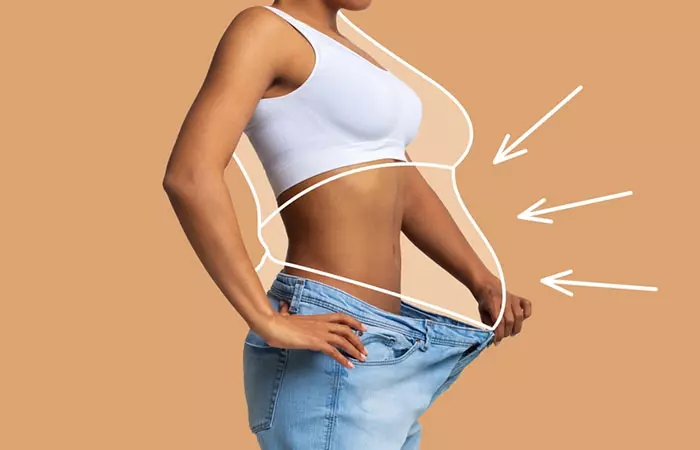
The diet’s concentration on protein and low-GI meals can aid in weight loss. After 12 weeks on the South Beach diet, participants dropped an average of 11 pounds and lost 2 inches off their waist. They also saw changes in fasting insulin and sensations of fullness (2).
As one continues to Phase 2, they can expect to lose one to two pounds every week. This pace is sustainable. However, individual outcomes may vary, and factors such as diet plan adherence, lifestyle choices, and exercise can affect long-term success.
Thus far, you have learned how this diet can help you lose those pesky pounds. Up next, we further discuss if this plan is safe and built to last in the long run.
Is The South Beach Diet Safe And Sustainable?
The South Beach diet offers a healthy eating approach that’s lower in carbohydrates compared to traditional low-fat diets. It emphasizes on the consumption of unprocessed foods, vegetables, and healthy, high-fiber carbohydrates. However, it does permit processed vegetable oils, which may have some health concerns. As an alternative, the use of avocado oil or extra virgin olive oil, as followed in the Mediterranean diet for weight loss, is advised as they contain unprocessed monounsaturated fats.
The South Beach diet is generally considered a safe choice. Many individuals have successfully lost weight and have been able to maintain it by following this dietary plan. Ultimately, the diet’s sustainability depends on your ability to adhere to it in the long run. The most effective diet for weight loss is the one you can comfortably stick with.
Having explored the safety and sustainability of the South Beach diet, it’s time to put it head-to-head against its rival, the Keto diet. Learn more in the next section.
South Beach Diet Vs. Keto Diet
The South Beach and Keto diets are often compared with each other due to their similarities. Both promote higher intakes of fats and proteins. However, they also differ in important ways.
| Keto Diet | South Beach Diet |
|---|---|
| High-fat, low-carb | High-fiber, low-GI carbsi Foods that have a slower impact on blood sugar levels as they are digested and absorbed more gradually, such as whole grains and legumes. |
| Includes saturated and unsaturated fats | Includes unsaturated fats and lean protein |
| Aims to induce ketosis | Doesn’t aim for ketosis |
While both diets offer weight loss and health benefits, choosing between them depends on one’s personal preferences and lifestyle.
Infographic: A Simple Guide To The South Beach Diet
The South Beach diet provides a straightforward approach to healthy eating and weight management. It was developed by Dr. August Agatston and focuses on lean proteins, whole grains, and “good” fats to help individuals shed extra pounds and maintain a balanced lifestyle. Check out the infographic below for a simple breakdown of this diet and some tips to help you maximize your benefits.
Some thing wrong with infographic shortcode. please verify shortcode syntaxThe South Beach diet focuses on making informed choices about carbohydrates and fats. It emphasizes on the consumption of “good fats” and “good carbs” while avoiding “bad fats” and “bad carbs.” The diet consists of three phases that help individuals gradually transition to a lasting, healthier lifestyle. It offers potential benefits for weight loss, heart health, hunger management, and regulated blood sugar. However, it also comes with a few drawbacks, including a highly restrictive initial phase. Ultimately, its sustainability depends on individual preferences and one’s commitment to it. It’s always advisable to consult with a healthcare professional before starting any new diet.
Frequently Asked Questions
Why is the South Beach diet popular?
The South Beach diet is popular for its focus on healthy, balanced eating and sustainable weight loss.
Who should not try the South Beach diet?
Those with severe dietary restrictions or medical conditions should consult a doctor before trying the South Beach diet.
What does the South Beach diet cost?
The cost of the South Beach diet depends on the ingredients you want to have in specific meals. The South Beach Diet website offers free customized meal plans and information about DIY diets, including nutrition, recipes, fitness, and lifestyle. These can help you budget accordingly.
Is the South Beach diet easy to follow?
The South Beach diet can be easy to follow with its clear food guidelines and phases. All you have to do is adhere to them and organize your pantry before starting it.
What does the South Beach diet do to the body?
The South Beach diet promotes weight loss by stabilizing blood sugar levels and encouraging healthier eating habits.
Is milk allowed on the South Beach diet?
Yes. Low-fat or skimmed milk is allowed on the South Beach diet, though in moderation.
What celebrities are on the South Beach diet?
Nicole Kidman and Kim Cattrall are some of the celebrities who follow the South Beach diet.
Why am I not losing weight on the South Beach Diet?
Lack of weight loss despite following the South Beach diet may result from overeating approved foods, failing to adhere to the plan, or other individual metabolic factors. Consult with your doctor or dietician regarding the same.
Illustration: South Beach Diet Explained: Phases, Results, And Benefits

Image: Stable Diffusion/StyleCraze Design Team
You can begin the South Beach diet to experience sustainable weight loss results. But what if you already are on a keto diet? Can you still follow the South Beach diet? Watch this video to learn more.
References
Articles on StyleCraze are backed by verified information from peer-reviewed and academic research papers, reputed organizations, research institutions, and medical associations to ensure accuracy and relevance. Read our editorial policy to learn more.
- Saturated fats compared with unsaturated fats and sources of carbohydrates in relation to risk of coronary heart disease: a prospective cohort study
https://pubmed.ncbi.nlm.nih.gov/26429077/ - A carbohydrate-restricted diet alters gut peptides and adiposity signals in men and women with metabolic syndrome
https://pubmed.ncbi.nlm.nih.gov/17634268/ - Return of hunger following a relatively high carbohydrate breakfast is associated with earlier recorded glucose peak and nadir
https://www.ncbi.nlm.nih.gov/pmc/articles/PMC4204795/
Read full bio of Mary Sabat
Read full bio of Sindhu Koganti
Read full bio of Ravi Teja Tadimalla
Read full bio of Payal Karnik









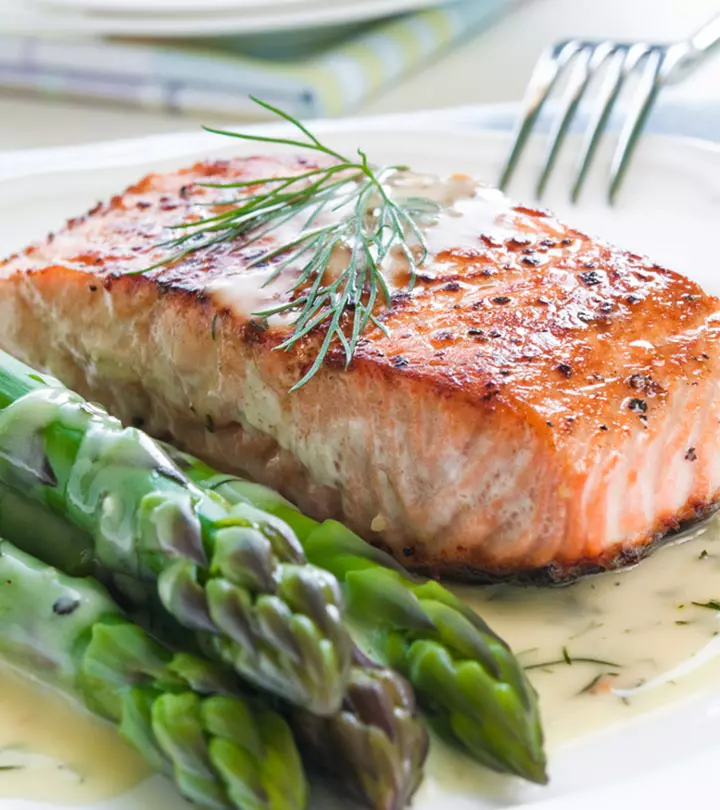




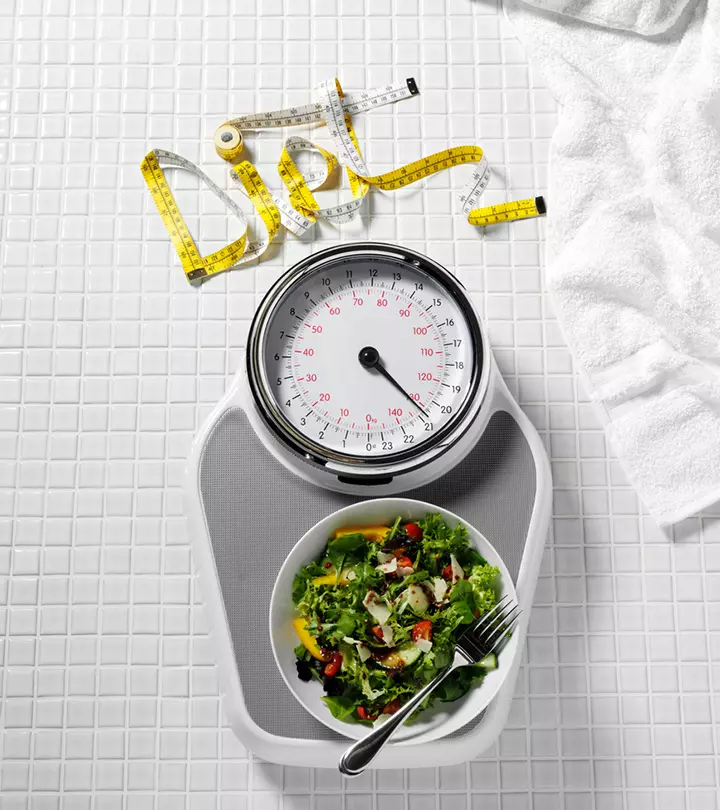

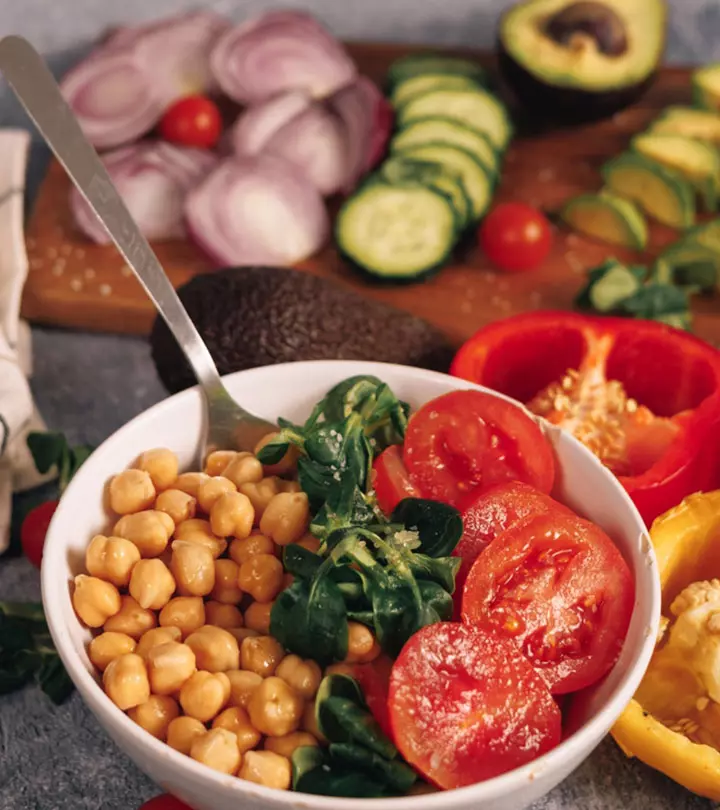

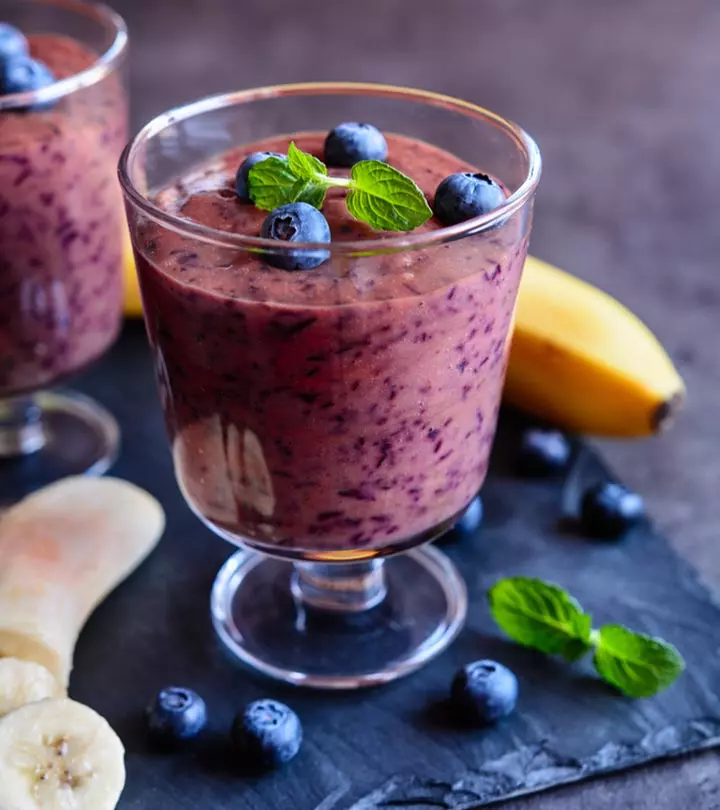


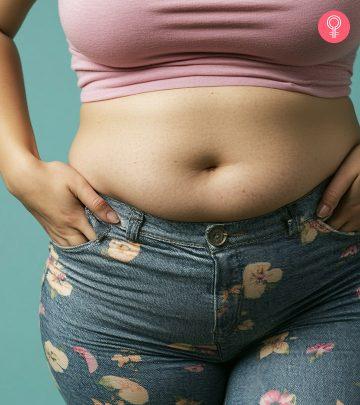
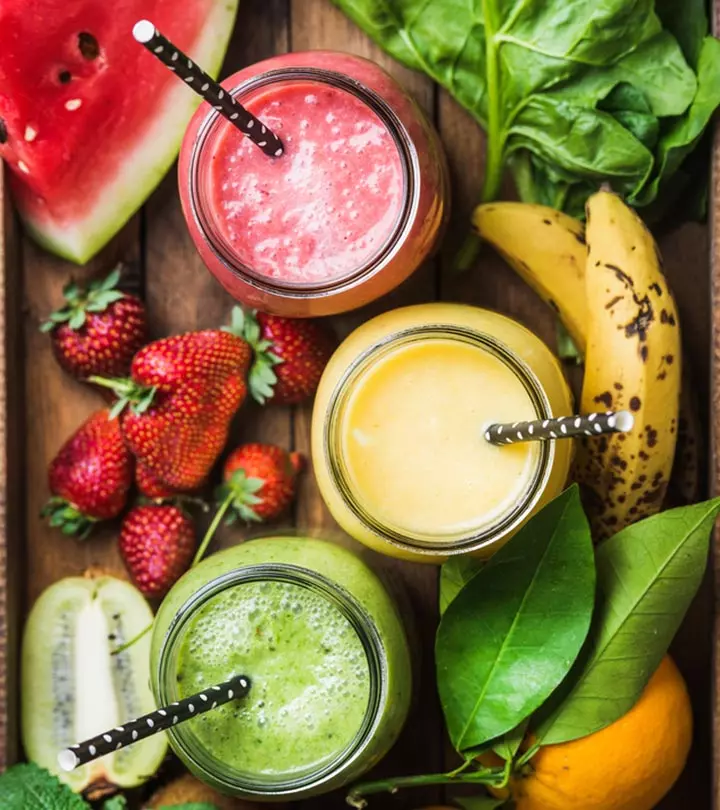



Community Experiences
Join the conversation and become a part of our empowering community! Share your stories, experiences, and insights to connect with other beauty, lifestyle, and health enthusiasts.